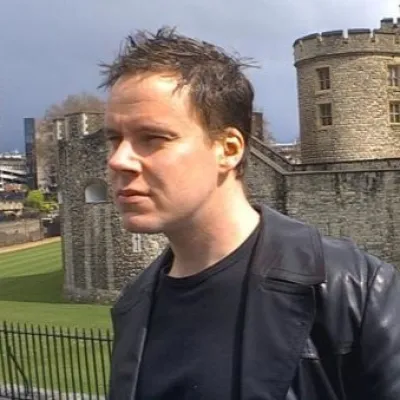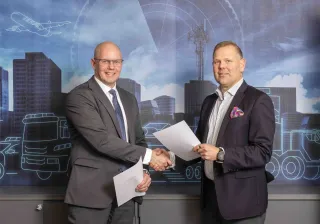Virtual materials design can halve the cycle of materials development and create a real leap in terms of productivity. In the VTT Sip of Science panel discussion, Tarja Laitinen, Head of Research Area, Anssi Laukkanen, Research Professor and Tomi Suhonen, Senior Scientist from VTT Technical Research Centre of Finland, and CEO Pasi Julkunen from MexLink Oy discussed these possibilities.
Materials development has, for a long time, been based on strong experimental work and the understanding of causal relationships generated through it. Virtual materials design, in which long test series give way to algorithms and computational models, is now coming increasingly to the fore. This allows for faster customisation of the fine structure and macro-level properties of materials according to their intended use.
Double durability by modelling
VTT ProperTune® is a concept for computational material engineering. It enabled VTT to develop new materials for the world’s largest steel manufacturer, ArcelorMittal, to be used in field ploughs which are continuously susceptible to scratches and damage by rocks. The aim was to obtain a durable material for harsh usage conditions without changing the steel composition or exceeding the specified limits.
In the project, the best possible options for steel were characterised, and their resistance to wear was modelled. The results were compared to observations made during experiments and the model was found to accurately describe the behaviour of the material. The systematic modification and optimisation of material improved its load capacity. In practical tests and simulations, the wear resistance of new materials proved to be more than twice as high as before.
Sustainable development and competitiveness
Sustainable development is one of the new drivers of industry and it also sets requirements for materials development. The life cycle of materials has a direct impact on carbon dioxide emissions and it can no longer be doubled by traditional methods. By combining experimental and virtual design, solutions can be developed faster and cheaper. The benefits are realised directly in industry.
The circular economy provides both a challenge and an opportunity for industry. For example, there is tremendous potential in the recycling of metals, but at the same time, the circular economy is a complex entity in terms of global business. It would be important to influence the end product locally. As an export-led country, Finland must consider how to launch concepts supporting the circular economy in different countries.
Companies should invest in material expertise
In industry, materials often cause problems, as they are not optimised for their intended use. A standard material is selected, and it is not challenged. Attention may be paid to its strength or hardness, but these do not yet define the microstructure of the material.
The manufacturing process itself puts a strain on the material and affects its microstructure. Even if the objectives set for the material are met, the properties may be different under the surface. It would be ideal if objectives relating to microstructure could already be defined in the drawings.
In order to learn about microstructures, industrial investments in material expertise are required. In this regard, companies are supported by research. Approximately one third of VTT’s projects are commissioned directly, which makes it possible to set up and implement projects quickly.
Finland as a pioneer?
All industrial countries are now investing in virtual materials design. With regard to this, countries such as the USA, China and Japan have major national programmes in place. Europe is watching the development from a slight distance and has not outlined its mindset as strongly.
Nationally, Finland is in an interesting situation. For example, ProperTune® is a globally unique concept. Virtual materials design opens up great opportunities for our industry. If we succeed in this, the market is there.
Three changes under way
Materials development is undergoing three different changes simultaneously.
- The first change is concerned with the introduction of virtual design and its use alongside experimental work.
- The second change concerns artificial intelligence, the use of which enables the optimisation of materials without significant additional costs.
- The third change relates to the way in which the pace of this development is now being accelerated. In the future, materials development may even be based on real-time research, in which characterisation, synthesis and manufacturing can be robotised. This would enable more competitive materials development.
In the midst of all the changes, it should be remembered that the industrial structure of Finland consists of SMEs. As the understanding of new opportunities increases, it is important to develop simple ways of making virtual material design also available to SMEs.
Want to learn more?







